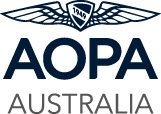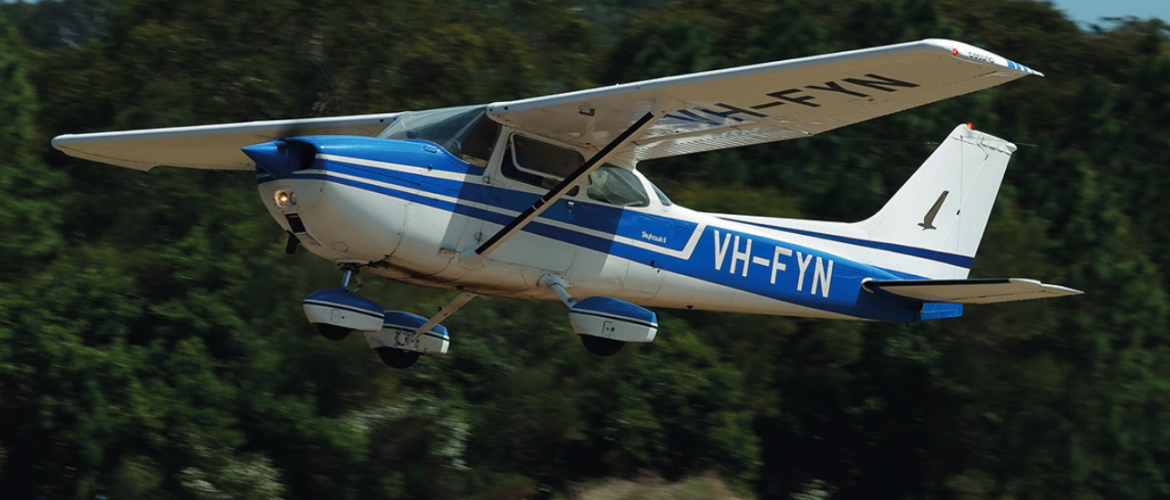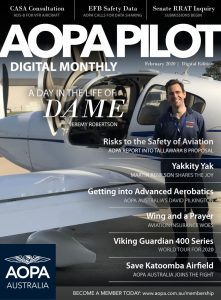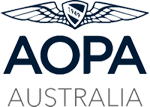This week the Australian Transport Safety Bureau (ATSB) released its final report and a warning to pilots about the dangers of controlled flight into terrain (CFIT) following the fatal crash of a Cessna 172M (VH-FYN) near Ballina NSW in 2017.
Click to read the full report.
On the surface, the ATSB report reads like so many others, where the pilot in question departed in deteriorating reduced visual conditions, resulting in VFR flight into IMC; by a pilot who was not current on instruments, culminating in a senseless, tragic and entirely avoidable CFIT accident.
And, it’s the word ‘avoidable’ that has been ringing in my head since the day news broke of this accident, and what has angered me after reading the ATSB’s final report.
The sole objective of an aviation accident investigation is to prevent future accidents from happening by clearly identifying the cause or the reason why, so that improvements to aviation safety can be made. To achieve this, the Australian aviation industry relies on the independence and objectivity of the ATSB to undertake detailed and forensic examinations of all the facts and factors that play a role in the accident chain of events. More importantly, we rely on the ATSB to make independent recommendations.
But what happens when the ATSB loses its way and produces a report that’s glaringly deficient and fails to embrace the actual cause and need for change?
The simple and inconvenient truth is that the loss of VH-FYN was directly attributable to CASA’s inflexible aircraft maintenance regulations and the inability for aircraft owners or pilots to obtain a simple over the phone approval to ferry an aircraft for the purpose of maintenance. Had such a facility been in place, the pilot would not have been under any pressure to undertake the accident flight.
Instead of issuing warnings to pilots about controlled flight into terrain, the ATSB could best serve pilots and government by issuing a warning about bad CASA regulation that has proven to kill pilots, with a call for immediate change.
A totally avoidable accident, yet one that will repeat because the ATSB is failing to play its impartial and independent role in helping improve aviation regulations to drive better safety outcomes for everyone.






